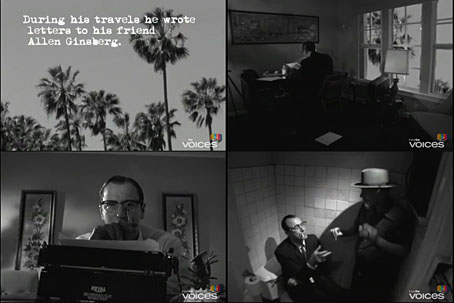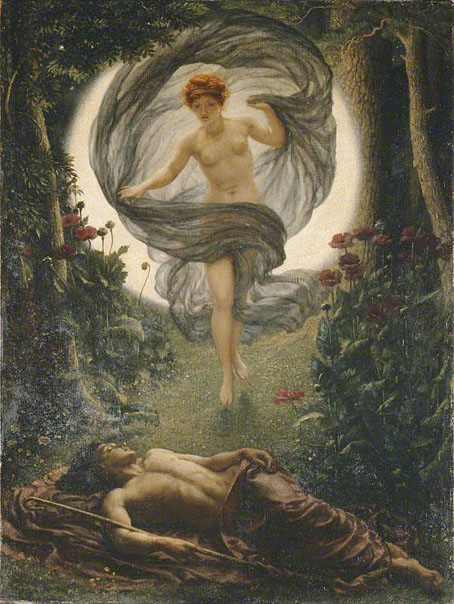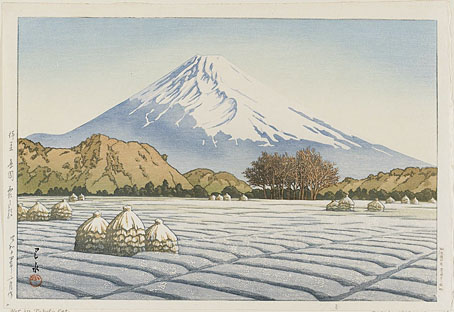I upgraded my DVD of David Cronenberg’s Naked Lunch to blu-ray recently. The film is one of my favourites in the Cronenberg oeuvre even though its connection to the novel is minimal at best. After watching it again I was thinking (not for the first time) that one way to adapt either Naked Lunch or any of the books in the “Nova Trilogy”—The Soft Machine, The Ticket That Exploded, Nova Express—would be to commission ten or twenty very different film-makers to adapt portions of the novel in whatever manner they chose. The resulting short films could either be run in sequence or cut together to make a meta-film which, if nothing else, would be closer to the disjointed structure of William Burroughs’ early novels than the semi-biographical narrative that Cronenberg delivered .
Which brings us to The Japanese Sandman, a 12-minute film made by Ed Buhr in 2008 which turned up recently on YouTube. Buhr’s short is a dramatisation of passages from the letters that Burroughs wrote to Allen Ginsberg in 1953, in which Burroughs recounts his experiences in Panama while searching for the yage vine, a plant which yields the hallucinogen known as ayahuasca. Narrator John Fleck is a decent Burroughs mimic (although the real Burroughs pronounced “Panama” with a distinct drawl at the end, more like “Panamawww”), and since Burroughs’ own words provide the text of the piece the film is closer to Burroughs’ books than many other short films. Black-and-white scenes in Panama rooms alternate with a colour sequence where Burroughs recalls a doomed love affair with a boy in the St Louis of the 1930s. It’s gratifying to see someone draw attention to an aspect of Burroughs’ writing that’s often ignored, the persistent thread of melancholy and regret for lost time/lost people which runs through so many of his novels. It’s a side of the fiction that would also have to be accounted for in any longer adaptation of Burroughs’ work.
Elsewhere on { feuilleton }
• The William Burroughs archive






